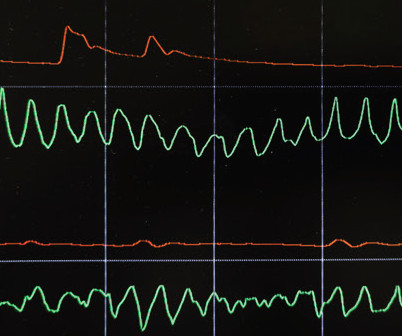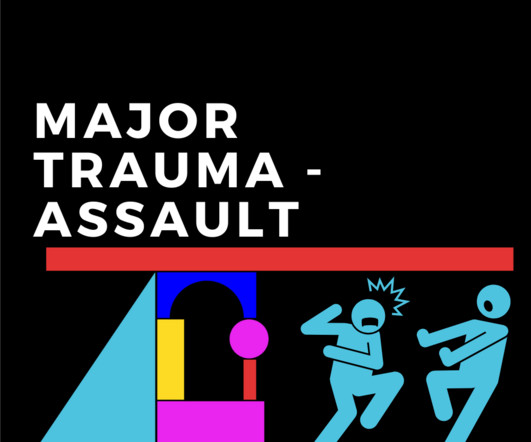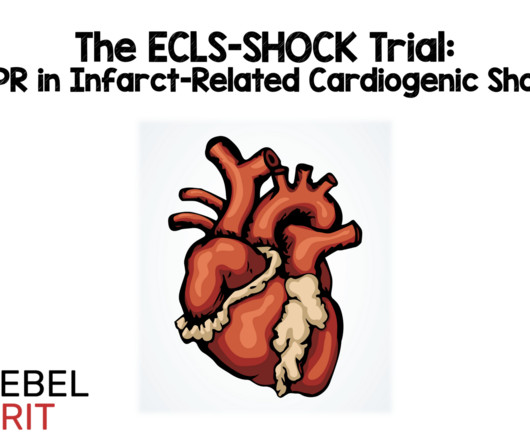Fatal Drownings | CPR, Push Hard | Capnograms 101 | Wake Up Strokes | VL 4 life
JournalFeed
NOVEMBER 26, 2022
CPR, Push Hard Spoon Feed With ventilation rate standardized, chest compression (CC) depth explains variations in ETCO2 better than chest compression rate. For access to more, please visit JournalFeed.org for details about becoming a member.




















Let's personalize your content